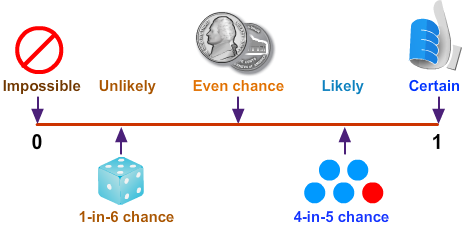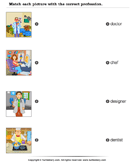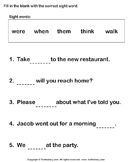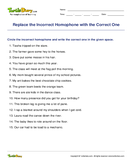- HOME
- KIDS SCIENCE EXPERIMENTS
- PROBABILITY
Probability

 Most browsers are no longer supporting Flash games.
We are working on making Flash playable in your browser or we will replace this game with a version that does not need Flash. Our team is actively working on it. Please check back later and keep enjoying our non-Flash games !!
Most browsers are no longer supporting Flash games.
We are working on making Flash playable in your browser or we will replace this game with a version that does not need Flash. Our team is actively working on it. Please check back later and keep enjoying our non-Flash games !!
Probability

It can be expressed in the following ways:
- Equal Probability
- Likely Probability
- Unlikely Probability
- Certain Probability
- Impossible Probability
Example 1

There are 2 pens in a bag: one red and one blue. Since there is one of each, the likelihood of picking a red or a blue pen is equal, therefore the probability is equal.
Example 2

There are 2 balls in a bag: one purple and one blue. Since there is one of each, the likelihood of picking a purple or a blue ball is equal, therefore the probability is equal.
Example 1

Here we have 3 pens: 2 red, 1 blue. Since we have more red pens, the probability of picking out a red is higher than (likely) that of picking out a blue.
Example 2

Example 1

Example 2

The word certain means that an event will definitely happen without a doubt.
Example 1

If we had a set of all blue pens, we could say that it is certain that we would pick out a blue pen from this set, since this is the only option.
Example 2

If we had a set of all red balls, we could say that it is certain that we would pick out a red ball from this set, since this is the only option.
Impossible means that there's no way that event will happen.
Example 1

We can say that it is impossible that a green pen will be picked out because there are no green pens in this set.
Example 2

Here, we can say that it is impossible that a black ball will be picked out because there are no black balls in this set.
Probability of happening an event is always between 0 and 1.
Jenny rolls a six-sided die. The six sides of the die have the numbers 1 - 6 written on them. For each of the following, state if the probability is certain, probable, unlikely, or impossible.
Probable Probability
Jenny will roll a number greater than 1:There are 6 numbers that might be rolled. 5 of them are greater than 1. Because most of the numbers are greater than 1, it is probable that Jenny will roll a number greater than 1.
Certain Probability
Jenny will roll a number less than 10:There are 6 numbers on the die. All 6 of them are less than 10. Because all of the numbers are less than 10, it is certain that Jenny will roll a number less than 10.
Impossible Probability
Jenny will roll a number greater than 6:There are 6 numbers on the die. None of the numbers are greater than 6. Because none of them are greater than 6, it is impossible that Jenny will roll a number greater than 6.
Unlikely Probability
Jenny will roll a number less than 2:There are 6 numbers on the die. Only 1 of those numbers is less than 2. Because most of the numbers are NOT less than 2, it is unlikely that Jenny will choose a number that is less than 2.
- Probability is simply the likelihood of an event happening.
- It can be expressed in the following ways:
- Equal Probability
- Likely Probability
- Unlikely Probability
- Certain Probability
- Impossible Probability









